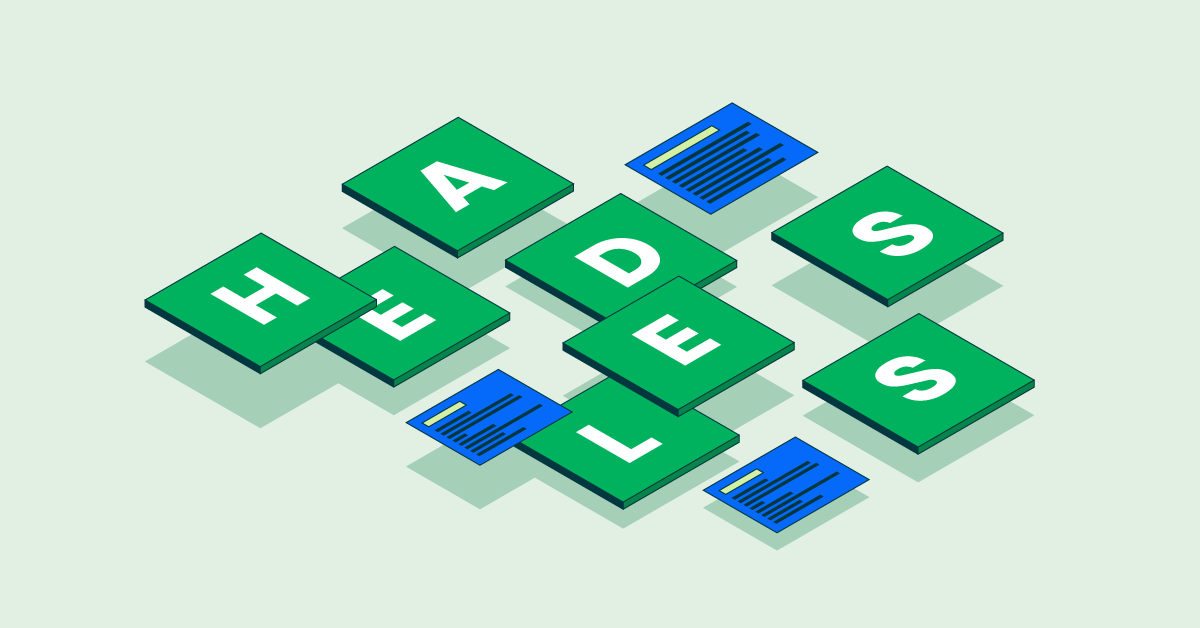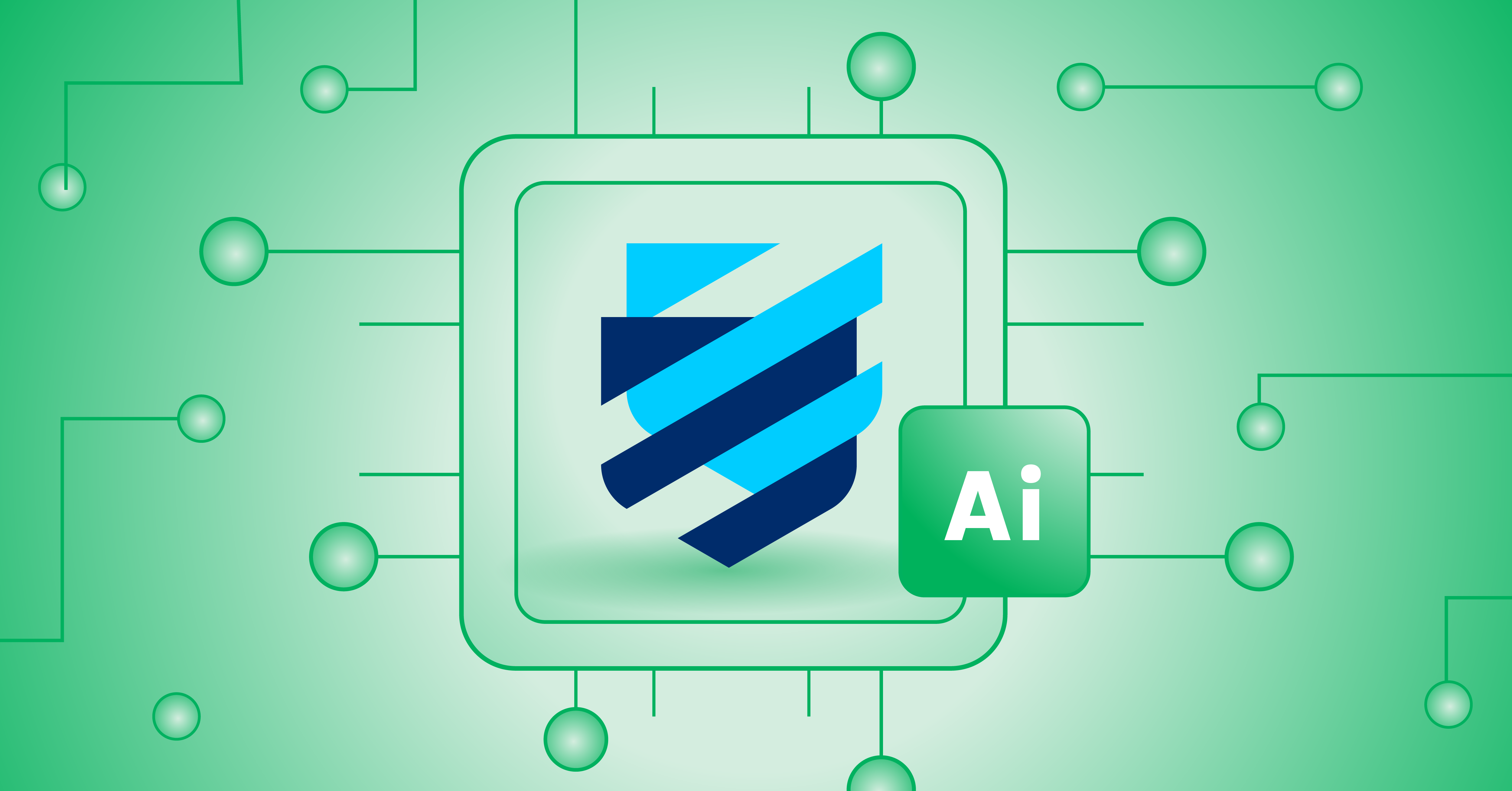- Juni 3, 2021
- 11 min
Glossary: Defining the World of Headless CMSs and DXPs
Magnolia in Aktion
Unser Expertenteam zeigt Ihnen live, was Magnolia für Sie leisten kann.
Jetzt Demo buchenTechnology changes quickly and with those changes new terms are continually being coined. The digital experience platform (DXP) and headless CMS landscape aren’t an exception and are filled with several terms that may be unfamiliar to the casual viewer and even to some experienced ones.
To help clarify some of these terms, we've created this business-friendly glossary, explaining the concepts mentioned and some other Magnolia-specific terminology.
A
A/B Testing
A/B testing provides a way to compare two versions of an experience against each other, for example, a website or mobile app, to determine which one is better. A/B testing enables organizations and especially marketers to run experiments between two variants and decide which leads to higher conversions, open rates or any desired goal.
A/B/n Testing
A/B/n testing follows the same principle as A/B testing, except that it relies on multiple product variations. The "N" refers to the number of different versions that will be tested.
Accelerated Mobile Pages (AMP)
Accelerated Mobile Pages (AMP) refers to an open source web framework that enables developers to easily build websites that improve the user experience on mobile devices. AMP helps to enhance readability and loading speed on these devices.
Accessibility
Accessibility refers to the ability to access a particular service. It means that facilities or offerings can be used easily by all people, including those with long-term physical, mental, cognitive, or sensory disabilities. The goal of accessibility is to allow everyone to benefit from the use of digital products and services.
API
Application Programming Interface, commonly referred to by the acronym API, is a software interface that enables two applications to communicate. APIs form the foundation of headless CMS technology and allow digital kiosks to display data from a CMS as content. They also enable organizations to integrate with third-party services they don't offer alone, such as integrating PayPal with an eCommerce website.
B
Behavioral Targeting
Behavioral targeting is a technique organizations use to improve marketing campaigns. By gathering data about customers online, including previous searches, purchase history and more, they can create a user profile and then provide content, advertising and more than aligns with that specific profile. Behavioral targeting is a critical component in personalization.
Bounce Rate
The bounce rate is the rate at which visitors leave a website without viewing a second page. It can help to calculate the overall engagement of a website. Bounce rate can be calculated by dividing the total number of single-page visitors by the total number of site visitors.
C
Cloud CMS
A cloud content management system (CMS) can be accessed on any device or computer without downloading software. All of the content assets and functionalities necessary for creating, managing, and delivering content can be handled in the cloud.
Read More: Cloud CMS Essentials
Content Management System (CMS)
A content management system (CMS) enables users to create and manage content on a website. It's a tool that allows users to launch websites, blogs and more while handling the storage and customization efforts. There are various CMS categories, including legacy or traditional CMS, headless CMS, hybrid headless and more.
Continuous Delivery
Continuous delivery or CD refers to the automatic deployment of code changes to a testing or production environment. This automated process enables developers to deploy applications automatically daily, weekly or biweekly, depending on the needs of the organization.
Continuous Integration
Continuous integration or CI is a practice in the DevOps culture where developers merge changes with the main branch often. With this approach, integration challenges that sometimes occur can be avoided before releasing a new application. Testing automation is an integral part of continuous integration as it ensures that changes haven't caused any issues within the main branch.
Customer Centricity
Customer centricity is an organizational culture where customers are placed at the center of a business rather than the product or service. Within a customer-centric organization, the customer experience is the most important priority, even before sales. For an organization to implement a customer-centric culture, it requires strategy, personnel, content and services to be completely aligned and focused on the customer.
Customer Journey
A customer journey refers to the series of steps or interactions a customer undergoes when experiencing a company's product or service. Customer journeys can have various substages, and mapping the customer journey enables organizations to track their interactions with a customer to improve the experience at different touchpoints.
D
DevOps
DevOps is a set of practices, philosophies and tools that improve the speed at which organizations can deliver software applications. The goal of DevOps is to increase the pace of software development when compared to using traditional methods. This increase in speed can help organizations provide more value for their customers and be more competitive.
DevSecOps
DevSecOps is similar to DevOps, but, instead, security is placed at the forefront of priorities. Whether this means automating security processes within the DevOps workflow or continuously integrating security with additional tools, DevSecOps reinforces the DevOps culture by prioritizing security.
Digital Asset Management
Digital asset management (DAM) is a solution for storing, organizing and sharing digital assets in one central location. Teams can access any assets they need, whether images, videos, or other media types.
For enterprise companies, DAM is becoming a requirement due to the large number of files needed for content. Whether those files are a collection of images from photographers, video recordings from the latest digital event or new design files for the latest mobile app, a DAM solution is crucial for managing all of it.
Digital Experience Platform (DXP)
A digital experience platform (DXP) is the architectural foundation that enables organizations to build, manage and optimize the digital customer journey. It provides flexibility, service-agnosticism and allows organizations to scale and integrate services as necessary.
The principal purpose of a headless DXP is to help brands optimize the digital customer journey and improve the customer experience. The number of content channels available today has swelled to enormous heights, and customers want high-quality experiences on all of them.
Magnolia provides the connecting tissue around which you assemble a modular DXP that drives content reuse across multi-experiences and faster, more efficient content operations for your channel and functional teams.

Read More: What is a DXP?
Straight-talking DXPs
A straight-talking guide to digital experience platforms.
Digital Transformation
Digital transformation refers to the modernization or digitization of business processes with the help of technology. Despite the focus on technology, digital transformation starts at the top and has a lot to do with a company's positioning. Digital transformation requires a few key elements to succeed, but the primary factor relates to how companies manage their digital content and present themselves online.
G
GraphQL
GraphQL is a query language for APIs. It enables developers to query complex content structures with fewer calls and compelling API structures, allowing for simplification and targeted delivery.
H
Headless Commerce
In headless commerce, the storefront front end and the eCommerce platform backend are separated. This allows brands to manage the eCommerce capabilities and alter the presentation layer as they see fit, providing a shopping experience on desktop, mobile, or any internet-connected device.
Headless CMS
A headless CMS enables a company to produce content once and then publish it to any device or touchpoint without restrictions. It doesn't force any templates or themes (also known as "heads" or front-end delivery layers) onto the content created within it. Instead, APIs are used to send that template-less content to any device on the market, whether that is a smartwatch, VR headset or something else.
Hybrid Headless CMS
A hybrid headless CMS blends headless technology with the traditional CMS experience, giving developers and marketers the best of both worlds.
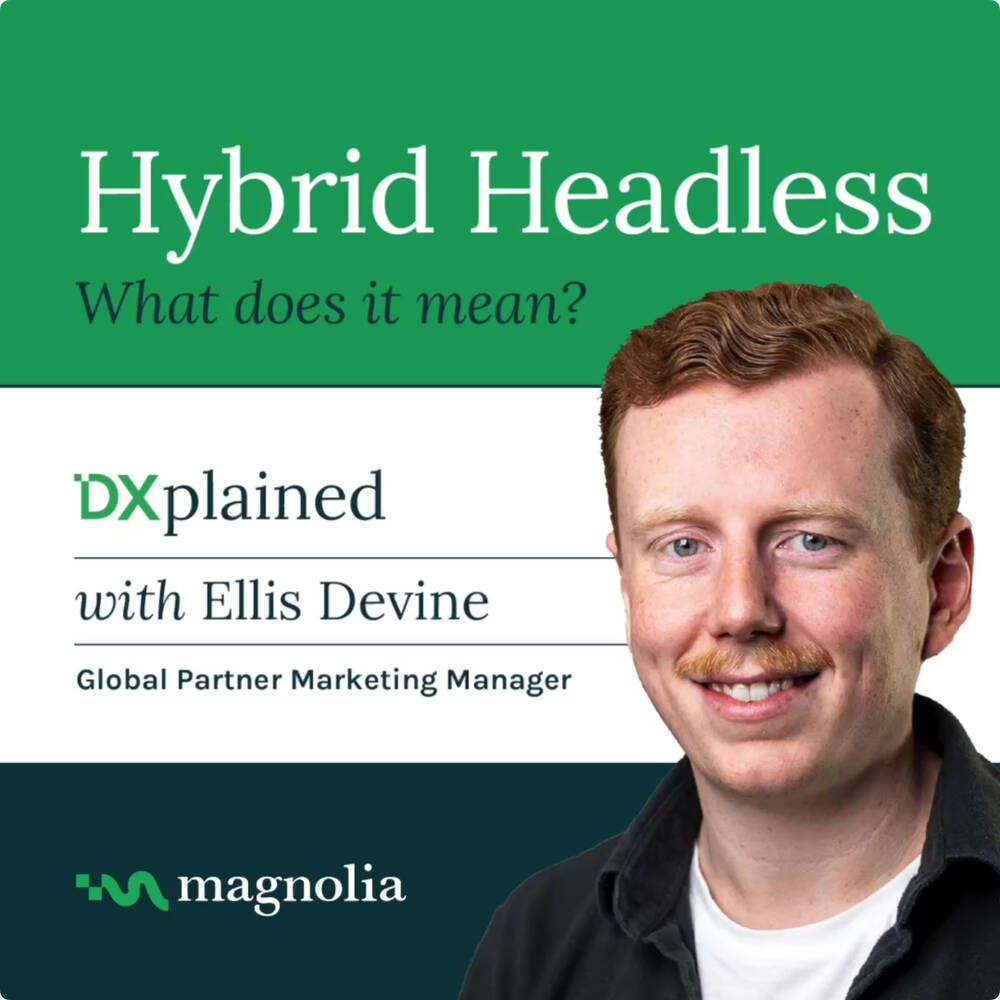
Hyper personalization
One-to-one personalization, also known as hyper-personalization, entails going above and beyond birthday emails to give consumers a truly personalized experience. It involves capturing user intent and personalizing the customer's experience based on that data.
J
Jamstack
Jamstack is a modern web development architecture. JAM refers to client-side JavaScript, reusable APIs and prebuilt Markup.
The Jamstack architecture allows you to improve site performance by rendering out a set of static pages at build time and deploying them to a content delivery network (CDN). Site speed is improved, and content is served from the CDN edge with no time required to render pages.
Read More: What is Jamstack?
Jenkins
Jenkins facilitates the easy set up of a CI/CD environment for DevOps with any combination of languages and source code repositories by using pipelines. It provides an easy way to integrate all test, build and deployment tools.
L
Localization
Localization is the process of adapting content for a different culture or country. It includes changing idiomatic messages, translations, and understanding various local customs and roles to ensure that the content has the desired effect.
Low Code
Low code development eliminates the need for hand coding or developing applications from scratch. Low code is similar to no code but requires some technical knowledge, making it less accessible for business users. With low code, developers can focus on the higher-level logic critical for their organization and still have the flexibility for deep customization using programming or scripting languages when necessary.
M
Marketing Analytics
Marketing analytics is the process of studying marketing metrics to determine the effectiveness of current tactics and identifying ways to improve marketing efforts.
Marketing analytics aims to take marketing data acquired in various forms and then apply that data in the context of a brand to determine if current efforts are in alignment with marketing goals.
Marketing Automation
Marketing automation offers organizations a way to automate repetitive tasks, track the results of marketing campaigns and use the results to improve productivity and efficiency.
Businesses can track campaigns and understand the effectiveness of email marketing, lead generation tactics and more. Ultimately, they can use this data to improve the bottom line and convert more prospects into customers.
Microservices
Microservice architecture refers to a style of developing applications as a collection of independently deployable services. These services have specific characteristics, including being loosely coupled, highly maintainable, and organized around specific business capabilities.
Microsites
A microsite is independent of a company's main website. It serves a specific purpose and can have a domain of its own or be a subdomain. It's also typically temporary since it may be used to promote a particular product or event.
Microsites provide the assist for brands to do several things. Some may target specific buyer personas or highlight a unique campaign. No matter how brands choose to use a microsite, they can help them publish content faster.
Multisites
A multisite approach means managing many websites within a single CMS and sharing content between them. Businesses require multiple websites for many reasons, from localizing content to specific countries or regions to creating specialized sites for unique brands or product lines. Many companies have many audiences they cater to, and multiple websites give them the opportunity to provide customer-oriented information for each specific market segment.
N
Netlify
Netlify is a content delivery network (CDN) that simplifies the continuous integration, deployment and hosting of Jamstack sites. The creators of Netlify also coined the term Jamstack.
O
Omnichannel
Omnichannel is a marketing and sales strategy that refers to providing a seamless customer experience across multiple channels. Omnichannel for businesses has shifted from excitement about merely being on numerous platforms to knowing that customers want to perform similar actions and transition smoothly across different platforms.
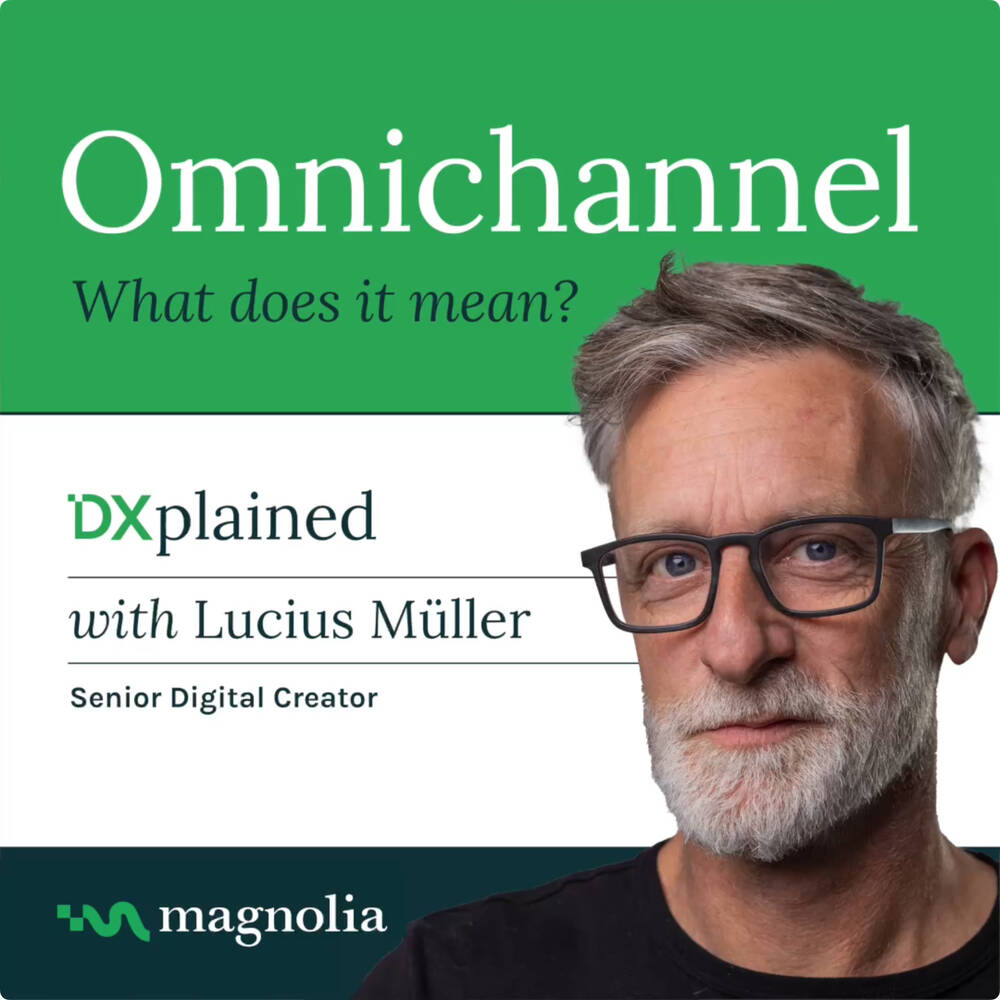
P
Personalization
Personalization is the concept of creating and delivering experiences for users or customers that are tailored to their specific needs.
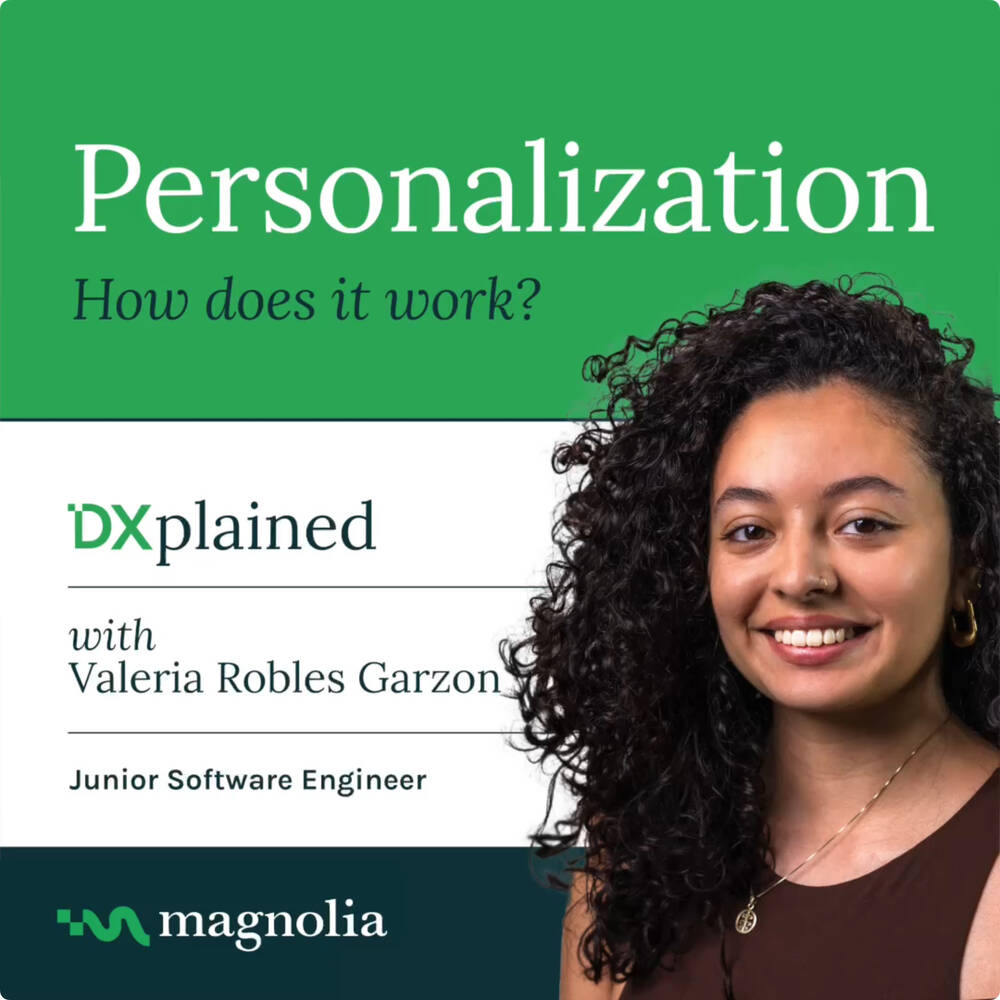
Progressive Web Application (PWA)
A PWA is a specific type of website or web application that is platform-independent and can imitate a native mobile app's behavior across devices. Installing a PWA on your mobile device gives you a convenient app-like shortcut and makes the website or app available for offline use.
Read More: Getting Started with PWAs
R
REST
Representative State Transfer, known by the acronym REST, is an architectural style for providing APIs.
S
Single Page Applications (SPA)
A single page application (SPA) is a web-based app that pre-loads within the browser. In doing so, the SPA removes the need for constant reloading of the entire webpage, and it only dynamically reloads the relevant content for each user interaction. This results in a user experience that is faster when transitioning between different navigational sections.
Single-page apps (SPAs) allow marketers to create compelling experiences that increase visitor retention and engagement. Due to less full page reloads and better overall performance, SPAs provide faster, more fluid, and engaging end-user experiences.
Magnolia features a Visual SPA editor that enables marketers to reuse content across channels and digital touchpoints while maintaining autonomy for creating and editing all layout and content and previewing any experience in-context.
Read More: SPA SEO: Mission Impossible?
T
Touchpoint
A touchpoint is a point where businesses and customers converge and exchange information, services or conduct transactions. In the digital space, customers will have multiple touchpoints between them and a business, including a website, social media platform, mobile device or another digital channel. A headless CMS makes connecting with customers across digital touchpoints easier.

